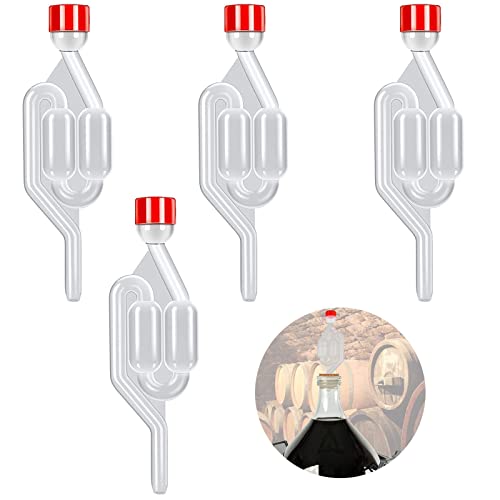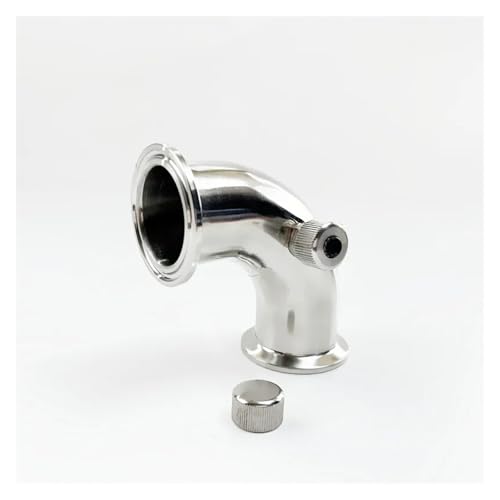evanvine
Landlord.
Heat Exchanger
This started life as a cooler for producing demineralised water.
This was needed for adjusting the normality of my Iodine solution (SO2 measurement).
The extra fittings are for the cold water inlet and outlet.
A PT100 is also shown fitted.
The concept of using a plastic bucket is not original as Vossy used an acrylic container.

Recirculation Header
This is based on Muddydiscoâs design and fits a hole in the middle of the snap on lid.
Each of the 4 outlets is positioned so it covers ¼ of the surface area.

Pump Manifold
This little Solar pump is excellent, responds nicely to changes in voltage.
The by-pass valve gives a very fine control.

Grain Filter
Had to build this as Iâve always previously mashed using a grain bag.

Grain filter in position

Spinney Sparger
My thanks go eskimobob for this item.
It has been slightly modified.

Spinner in position

I still have next week off, so am planning a brewday with stepped mashing.
Didnât take any pics of it all set up, it was too cold in the garage without the HLT etc being on.
This started life as a cooler for producing demineralised water.
This was needed for adjusting the normality of my Iodine solution (SO2 measurement).
The extra fittings are for the cold water inlet and outlet.
A PT100 is also shown fitted.
The concept of using a plastic bucket is not original as Vossy used an acrylic container.

Recirculation Header
This is based on Muddydiscoâs design and fits a hole in the middle of the snap on lid.
Each of the 4 outlets is positioned so it covers ¼ of the surface area.

Pump Manifold
This little Solar pump is excellent, responds nicely to changes in voltage.
The by-pass valve gives a very fine control.

Grain Filter
Had to build this as Iâve always previously mashed using a grain bag.

Grain filter in position

Spinney Sparger
My thanks go eskimobob for this item.
It has been slightly modified.

Spinner in position

I still have next week off, so am planning a brewday with stepped mashing.
Didnât take any pics of it all set up, it was too cold in the garage without the HLT etc being on.








![BREWING THERMOMETER STICKERS ACCURATELY MONITOR FERMENTING BEER & WINE LIQUID TEMPERATURES 5PCS HOME BREW SPIRITS WINE LCD ADHESIVE [US]](https://m.media-amazon.com/images/I/311DDjo2X3L._SL500_.jpg)

































